Meal Planning: Your Secret Weapon Against Food Waste (And For Saving Time & Money!)
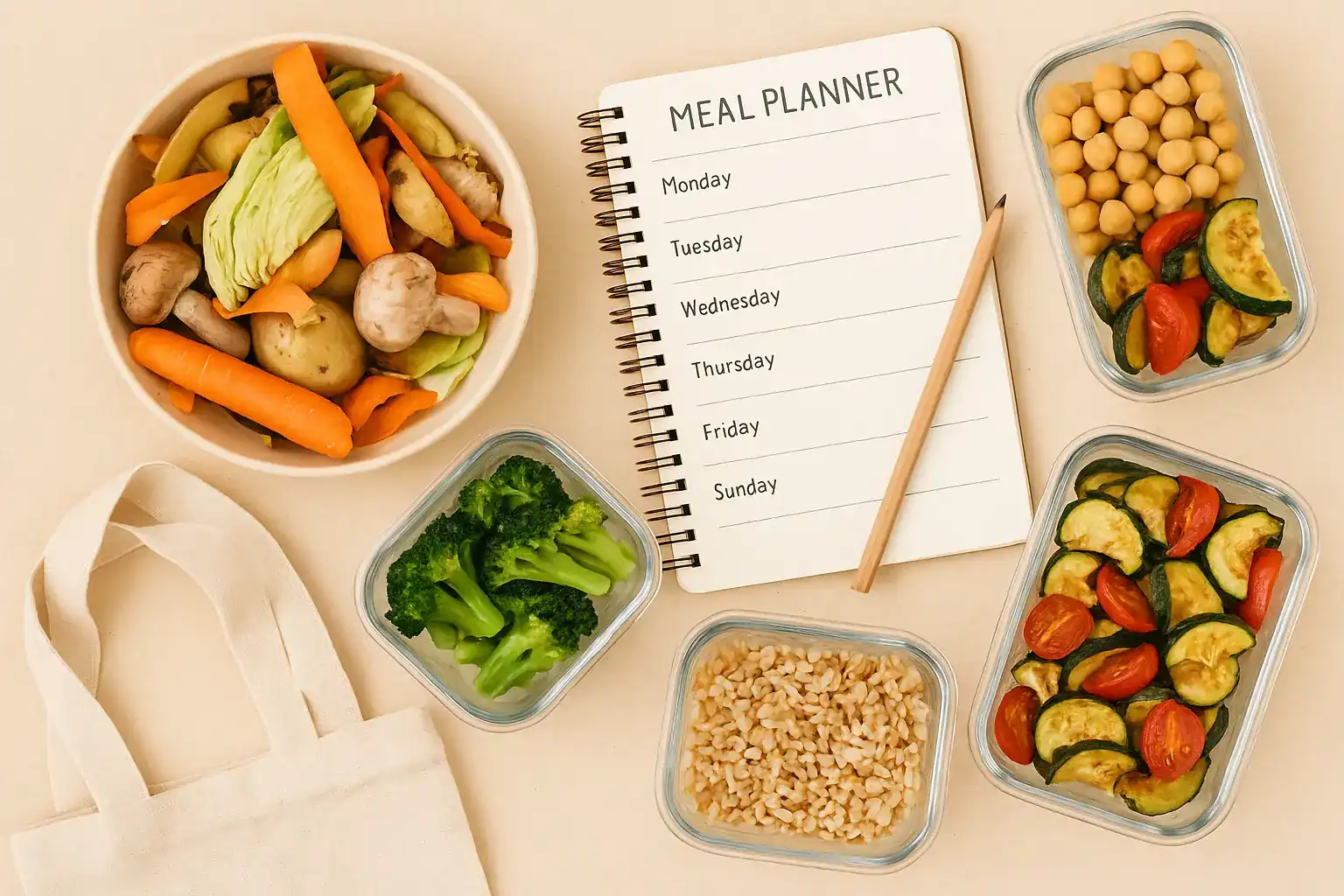
We've all been there. You open the fridge, a wave of guilt washing over you as you spot wilted spinach, science-experiment leftovers, or that perfectly good yogurt that's now past its prime. Food waste is a frustrating reality for many households, and its impact goes far beyond just the money we throw away.
Globally, a significant portion of all food produced is lost or wasted. When food ends up in landfill, it decomposes anaerobically (without oxygen), producing methane – a potent greenhouse gas. Plus, think of all the resources (water, energy, land, labor) that went into producing, transporting, and selling that food, only for it to be discarded.
Feeling powerless against this tide of waste? You're not! One of the most effective tools you have right in your own kitchen is meal planning. It's not just a way to organize your dinners; it's a powerful strategy to minimize food waste, save money, reduce stress, and make your kitchen a more sustainable space.
The High Cost of Wasted Food
Let's look at why tackling food waste at home is so important:
- Environmental Disaster: Rotting food in landfills is a major contributor to climate change through methane emissions. Wasting food also means wasting the land, water, energy, and fertilizer used to grow it.
- Financial Drain: Throwing away food is literally throwing away money. The average household wastes a significant amount on uneaten food each year.
- Ethical Implications: Wasting food is a stark contrast in a world where many people face hunger.
Meal planning directly addresses the causes of food waste in the home: impulse buying, over-purchasing, improper storage, forgetting what you have, and not having a plan for leftovers.
How Meal Planning Fights Food Waste
Think of meal planning as your roadmap for the week's eating. It empowers you to:
- Shop with Intention: You buy only what you need for your planned meals, drastically reducing impulse purchases and excess ingredients.
- Use What You Have: A good meal plan starts with an inventory of your existing food, ensuring ingredients get used before they spoil.
- Coordinate Ingredients: Plan meals that use similar ingredients across the week (e.g., using half an onion in Monday's dinner and the other half in Wednesday's lunch).
- Embrace Leftovers: Meal planning naturally incorporates leftovers, turning potential waste into planned meals or ingredients for subsequent dishes.
- Store Smarter: Knowing your plan can influence how you store food, ensuring easy access and visibility for what you need when.
Building Your Waste-Free Meal Planning Routine
Ready to start planning? It doesn't have to be complicated. Here's a simple routine to get you started:
Step 1: The Kitchen Inventory - Shop Your Own Home First!
- Before making any plan or list, open your pantry, fridge, and freezer.
- Take note of what you already have, paying special attention to items nearing their expiration date or fresh produce that needs to be used soon.
- Make a list (mental or written) of ingredients you must use up this week.
Step 2: Plan Based on Inventory & Schedule
- Look at your week's schedule. Are there busy nights requiring quick meals? Days you'll be out?
- Slot in meals using the ingredients you identified in Step 1 that need to be used up. This is the cornerstone of waste reduction.
- Plan meals that fit your schedule (e.g., a slow cooker meal on a busy day, a quick pasta dish when time is short).
Step 3: Choose Recipes & Write Your Shopping List
- Based on your plan for the week, choose specific recipes.
- Write a shopping list that includes only the ingredients you need for those recipes that you don't already have (thanks to your inventory!).
- Be specific (e.g., "2 carrots" instead of "carrots").
Step 4: Smart Shopping - Stick to the List!
- Head to the grocery store with your zero-waste kit (reusable bags, produce bags, containers – see our previous post!).
- Shop only for items on your list. Avoid impulse buys. This directly reduces the likelihood of buying excess food that might go to waste.
- Choose package-free options or items with minimal/recyclable packaging whenever possible.
Step 5: Prep & Store Strategically
- When you get home, take a few minutes to wash and chop vegetables needed for early-week meals. This makes cooking quicker and ensures produce is ready to be used.
- Store food properly in airtight containers to maintain freshness. Designate a spot in the fridge for items that need to be used up soon.
Step 6: Embrace Leftovers & "Use-It-Up" Meals
- Build "Leftover Night" or a "Use-It-Up" meal into your weekly plan. This is a night dedicated to eating leftovers or getting creative with disparate ingredients from the fridge/pantry (e.g., a fridge-cleanout frittata, soup, or stir-fry).
- Properly store leftovers immediately after meals in visible containers.
Beyond the Basics: Refining Your Routine
- Ingredient Coordination: Look for recipes throughout the week that use the same ingredient (e.g., chicken for stir-fry Monday, chicken salad Tuesday).
- Freezing: Plan meals you can make in larger batches and freeze portions for busy weeks ahead. Freeze ingredients nearing the end of their life (like wilting herbs or spinach) to use later in smoothies, soups, or sauces.
- Flexibility: Life happens! It's okay if your plan isn't perfect every week. The goal is to reduce waste, not add stress. Adjust your plan as needed.
Meal planning is a simple habit with profound benefits. It puts you back in control of your kitchen, saves you money and time, and is one of the most impactful ways you can fight food waste and contribute to a more sustainable food system, right from your own home.
Start with planning just 2-3 meals this week. Inventory your fridge, make a small list, and feel the satisfaction of using up those ingredients instead of tossing them. Happy planning!
Related Blogs
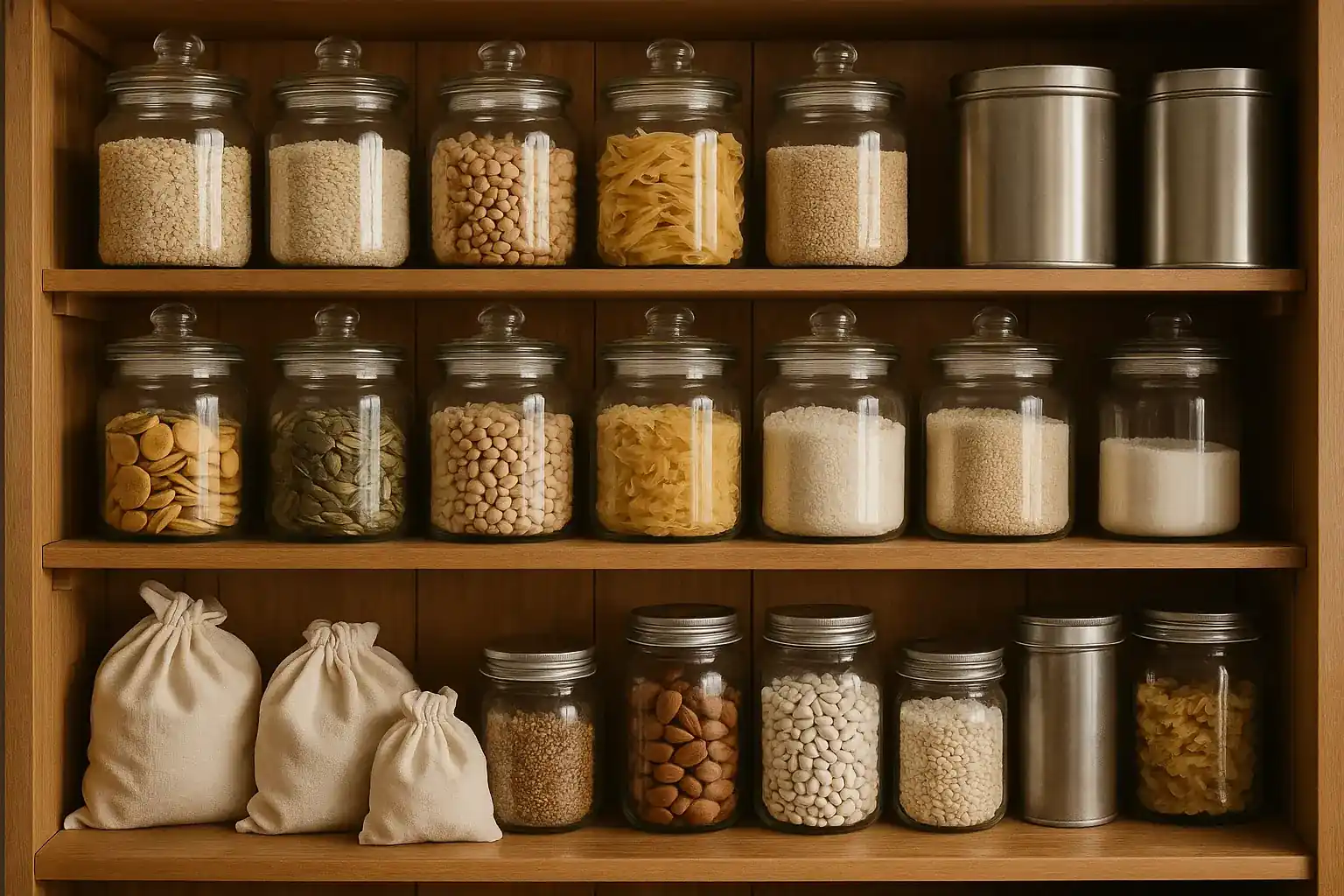
Say Goodbye to Single-Use: 10 Easy Swaps for a Plastic-Free Pantry
Insights on 10 easy swaps for a plastic-free pantry in a sustainable way.
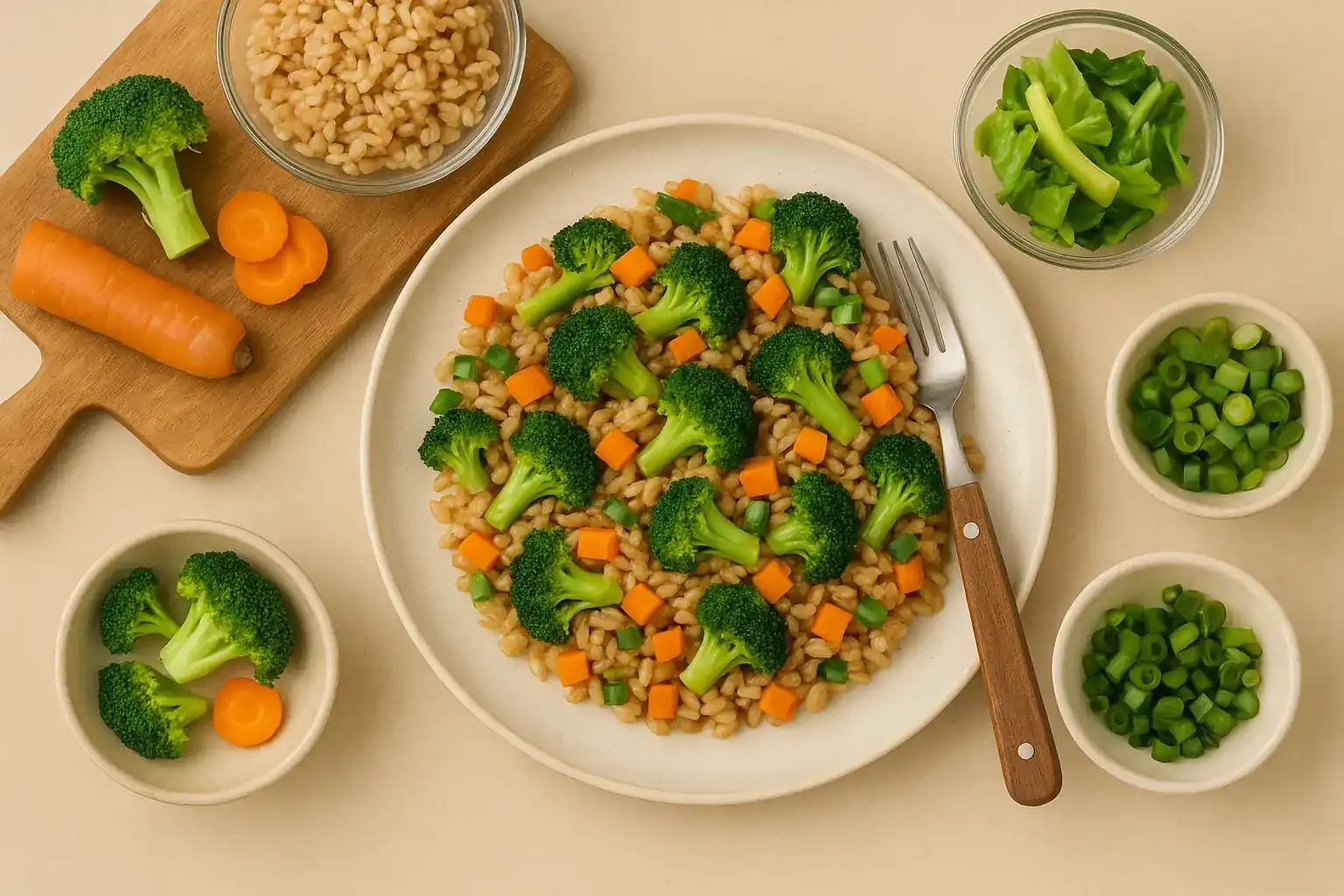
A Week of Delicious Transformations: Zero-Waste Recipes Using Your Leftovers
Insights on a week of zero-waste recipes using leftovers in a sustainable way.
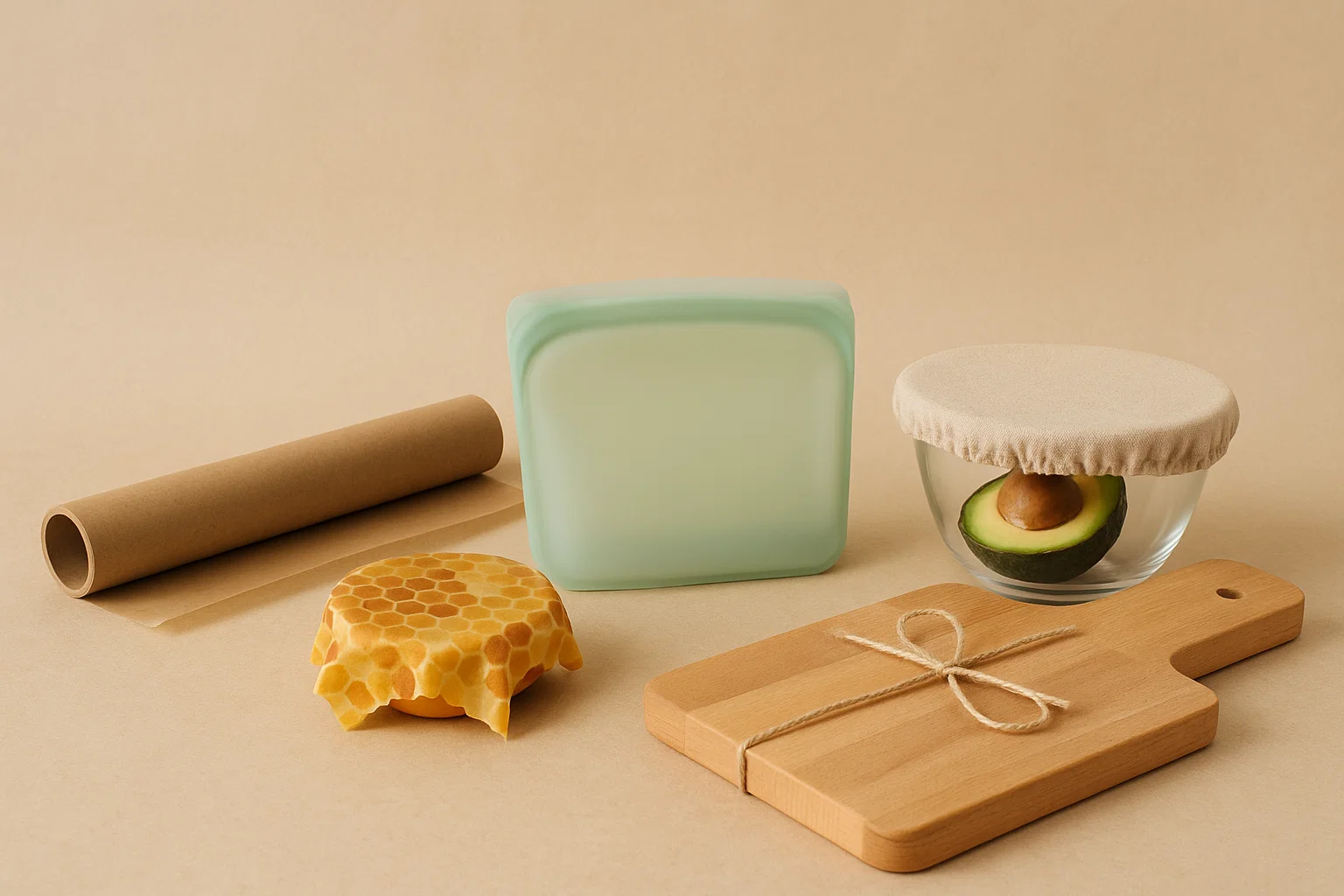
Beyond the Foil: Reusable Alternatives for Sustainable Baking and Food Storage
Opt for reusable silicone baking mats, covered bakeware, and beeswax wraps instead of aluminum foil.

Brew Better, Waste Less: Sustainable Alternatives to Single-Use Coffee Pods
Lower waste and enjoy better flavor with reusable pods, French presses, or Moka pots.
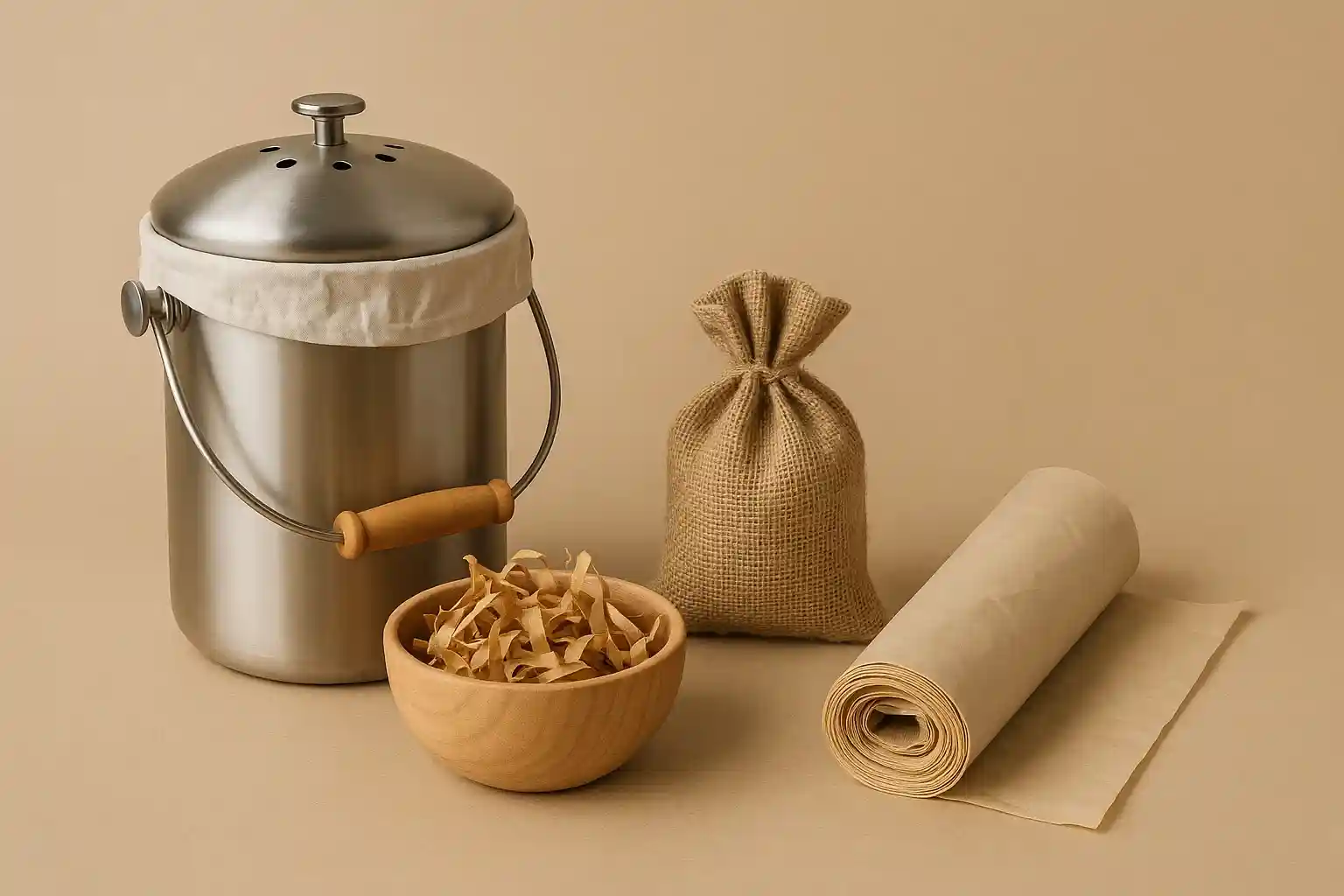
Compost Without the Carry-On: Sustainable Alternatives to Store-Bought Compost Bags
Reduce unnecessary plastic in composting with newspaper liners, bag-free bins, or DIY liners.

Compost Happens (Even in Apartments!): Your Beginner's Guide
Practical advice and actionable tips for composting 101.
Stay in the Loop
Get tips and insights tailored to your interests — no spam, just sustainability.